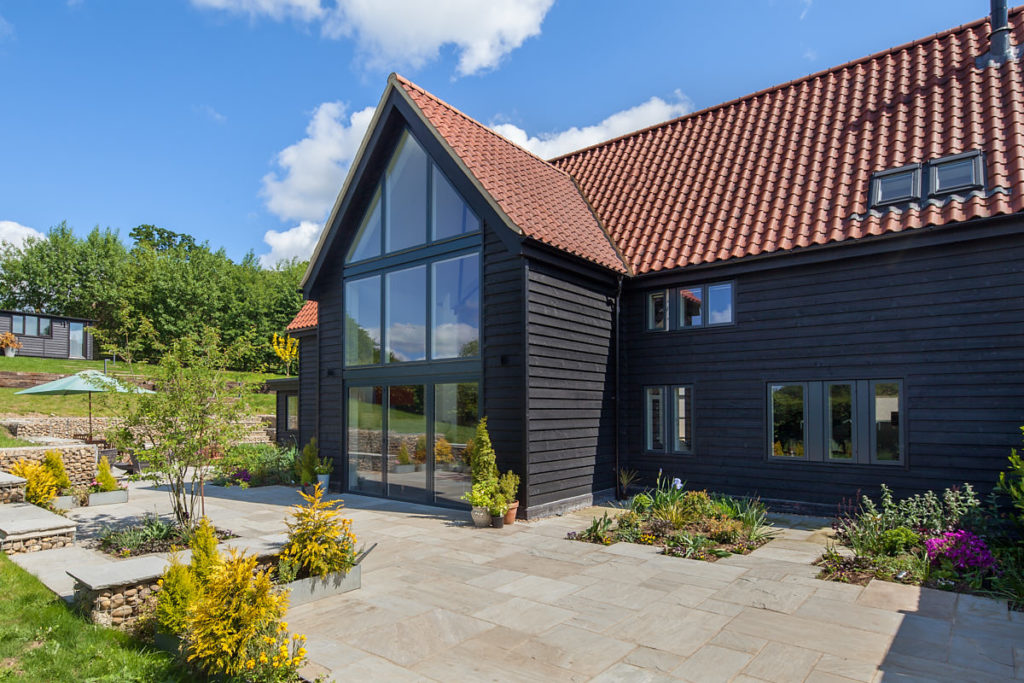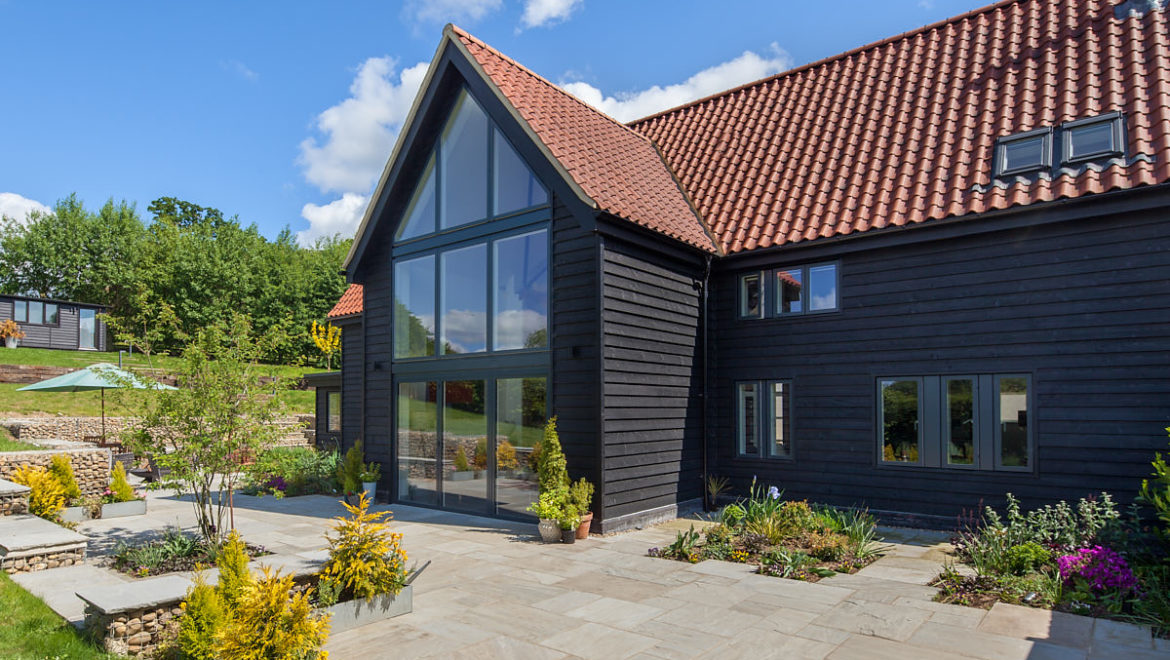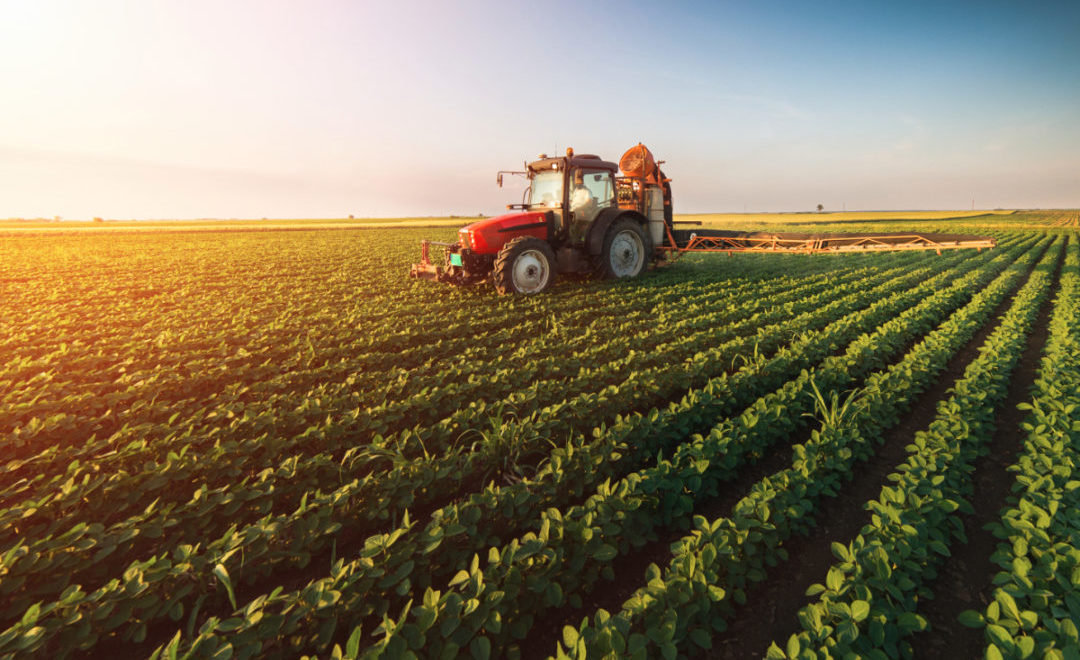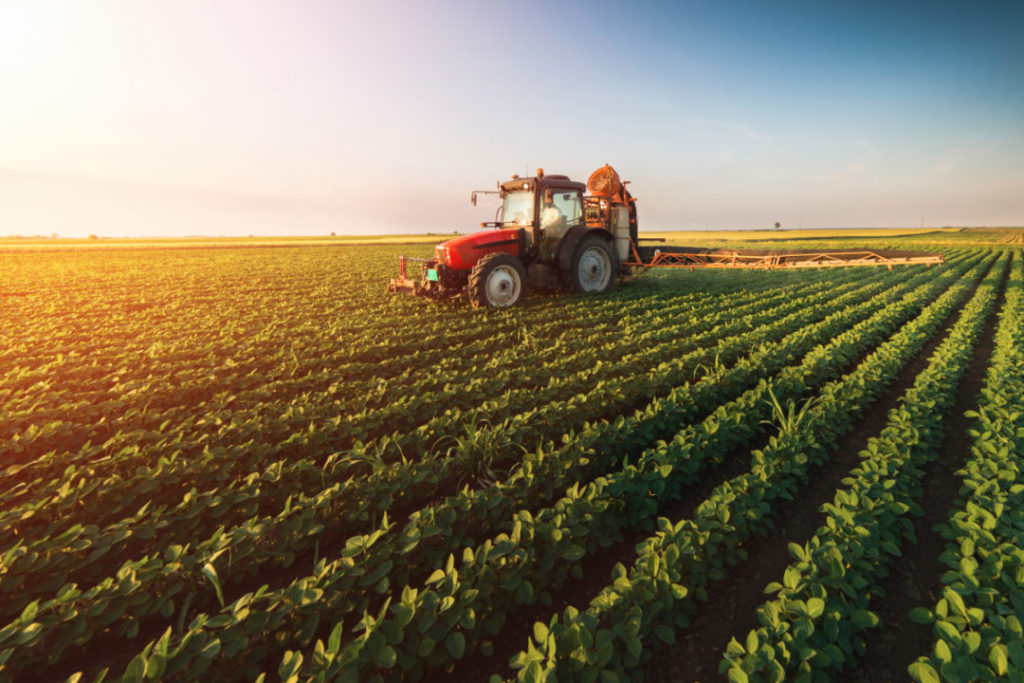All there is to know about class Q barn conversions
What is a barn conversion?
A barn conversion is the adaptation of a farm barn into serving a different use, such as a house or commercial premises.
What is a class Q conversion?
Class Q allows the conversion of agricultural buildings to houses subject to certain conditions and limitations. It was first introduced in 2014, as a form of permitted development designed to ease the pressure on housing in rural areas.
What you’re allowed to do with class Q permitted development rights –
Class q regulations can be applied to buildings which have been used for agriculture. It doesn’t apply to buildings in AONB, conservation areas or listed buildings.
The regulations show:
- You cannot extend the building beyond its existing dimensions.
- The garden area cannot be bigger than the footprint of the building.
- You can create up to three dwellings when converting existing buildings.
- As long as it is necessary you can undertake partial demolition.
- You can install or replace almost everything if it is necessary for the building to become a home. For example: windows, doors, roof, exterior walls, gas, electric, drainage etc.
Development is not permitted by class Q if –
- The floor space of the building changing use within an agricultural unit exceeds 450 square metres.
- The site is occupied under an agricultural tenancy, unless the consent of both landlords and the tenant has been obtained.
- The number of separate dwellings exceeds 3.
- If the site is, or part of a safety hazard area, a site of special scientific interest, or a military explosives storage area.
The new dwellings can be created from one or more agricultural buildings on the plot, so long as the total footprint isn’t exceeded. The new houses can be divided as follows:
- Smaller dwelling houses – 5 units; no more than 100m2 each.
- Larger dwelling houses – 3 units; no more than 465m2 each.
- Up to 5 homes comprising of a mix of larger and smaller homes, with neither exceeding the maximum floorspace for each type.
How long does class Q planning last?
Planning permission for development under class Q must be completed within a 3-year period starting with the approval date.









